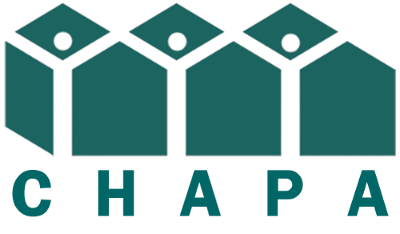Released annually, 2016 Assets & Opportunity Scorecard examines 130 policy and outcome measures to develop an understanding of how residents are doing in their quest to seize economic opportunity and what states are doing to help get them get ahead.
The findings of the 2016 Scorecard, as discussed during the launch webinar, reveal that even though many economists agree that the U.S. economy has rebounded from the Great Recession, that recovery hasn't meant a return to the financial stability that many households once enjoyed. Hampered by high underemployment rates and low-wage jobs, the financial situations of millions of American households are tenuous at best, especially for the 44% who live in liquid asset poverty.
The findings of the 2016 Scorecard, which you can learn more about during today's launch webinar at noon EST, reveal that even though many economists agree that the U.S. economy has rebounded from the Great Recession, that recovery hasn't meant a return to the financial stability that many households once enjoyed. Hampered by high underemployment rates and low-wage jobs, the financial situations of millions of American households are tenuous at best, especially for the 44% who live in liquid asset poverty.
These findings are especially prevalent among households of color. This year's Scorecard disaggregates the data for 18 of its 61 outcome measures by race, revealing that where new opportunities to get ahead have emerged, they haven't been within equal reach for all families. For example, while unemployment rates have dropped nationally, workers of color are still nearly twice as likely to be unemployed than white workers. On the bright side, this has led many workers of color to create jobs for themselves by starting businesses. But, even as business ownership has increased among workers of color, in some states, the average value of a white-owned business is up to five times the average value of a minority-owned business.
Although these data are troubling, the Scorecard also illustrates the many opportunities states can leverage to help their residents get ahead. The 2016 edition of the Scorecard examines state-by-state adoption of 69 different policies and finds clear evidence that policy change at all levels can make a significant difference. Nowhere is this more clear than in Health Care. Following the first full year of Affordable Care Act (ACA) implementation, we see that uninsured rates have dropped dramatically across the board. This has been especially true in states that chose to expand Medicaid, which the ACA enabled them to do. In each of the states that expanded Medicaid, declines in uninsured rates were even sharper.
To help advocates leverage the Scorecard to make the case for asset-building policies in their states, this year's edition features:
- Data on race and gender disparities for nearly two dozen outcomes, as well as downloadable reports illustrating racial disparities.
- Several new measures, including the number of adults who have forgone doctor visits due to cost.
- An updated liquid asset poverty calculator, which you can use to determine how much you'd need in savings to avoid falling into liquid asset poverty, or to see how many households in your community don't meet the savings threshold.
- Customizable charts and graphs and downloadable data and policy resources.
The Assets & Opportunity Scorecard is made possible each year thanks to the many Assets & Opportunity Network Leaders who are committed to expanding the reach and deepening the impact of asset-based strategies that create economic opportunity. It is also possible thanks to the generosity of its funders, the Ford Foundation and the Northwest Area Foundation.
Click here for a full list of news stories on the Scorecard, and click here to access the full 2016 Scorecard.
